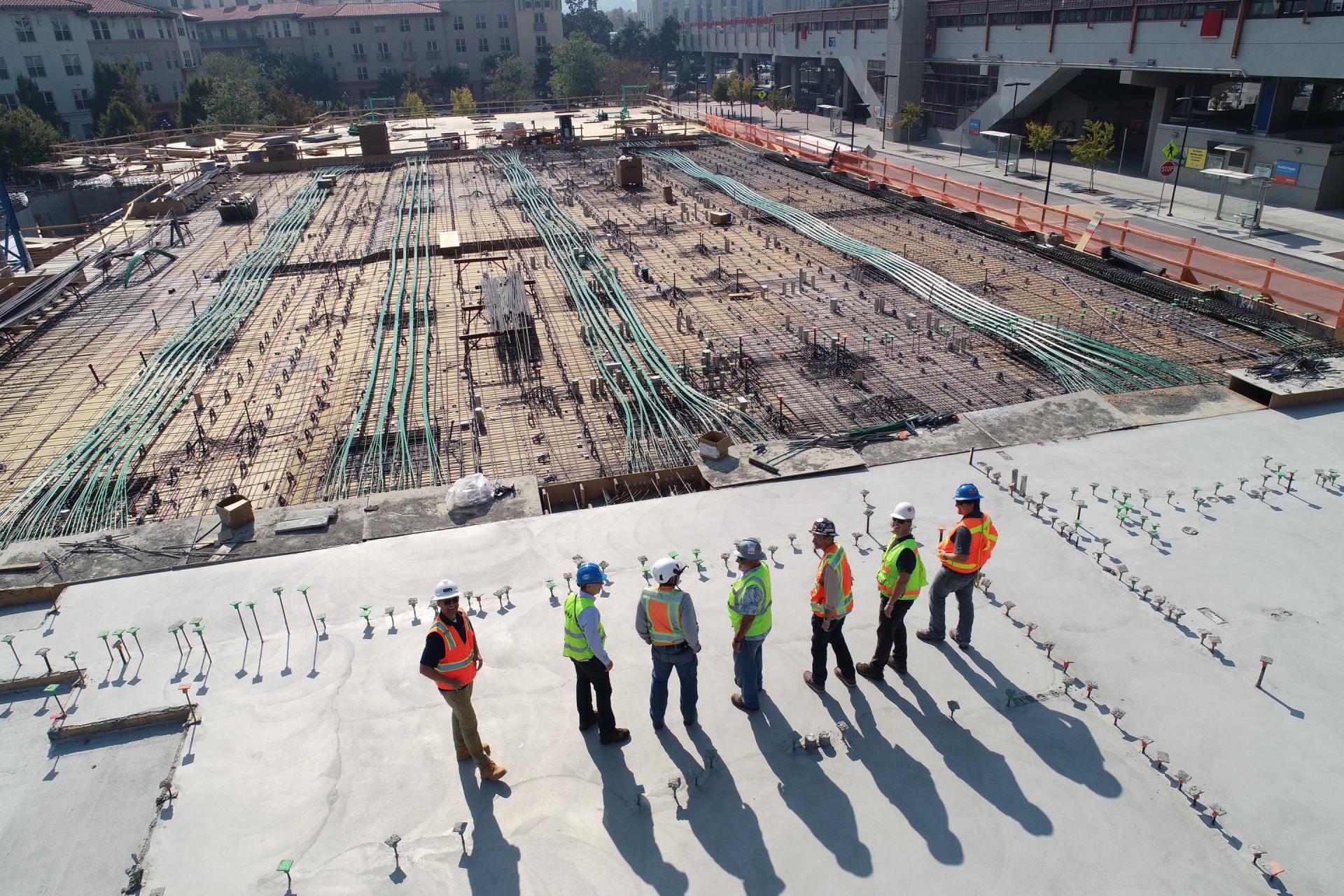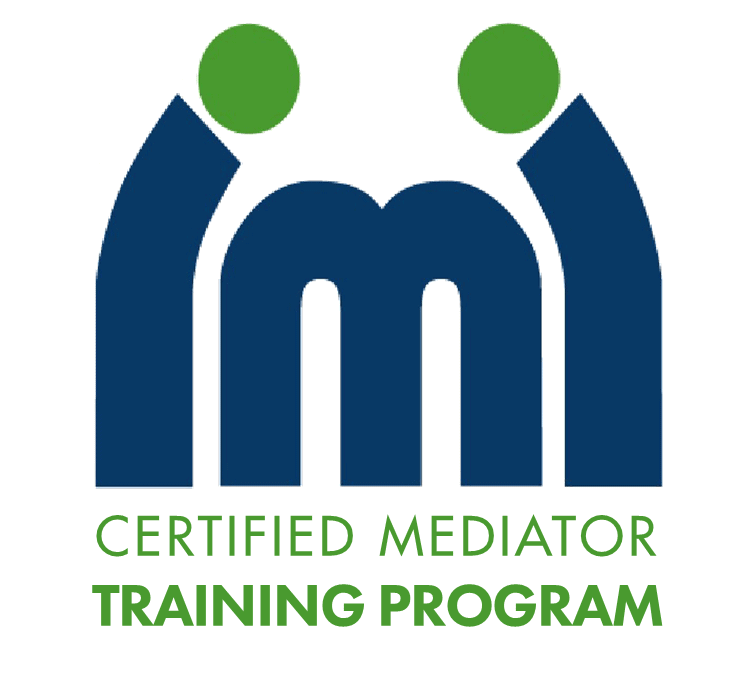The Impact of Mediation in Construction

The construction industry has a number of features which make it ripe for disputes readily to arise between parties. For instance, it is a cyclical and competitive industry where as a consequence the margins on projects can be low but due to the complexity of the projects the potential for errors and the disproportionate cost of remedying those errors can be high. In addition, it has long been recognised that maintaining cashflow during the course of a building project can be a real difficulty, and it was this which led to the introduction of a statutory adjudication scheme in the Housing Grants and Regeneration Act 1996 which is underpinned by the ‘pay now argue later’ principle. Adjudication is a procedure whereby any party to a crystallised dispute may refer that dispute to an adjudicator who, generally within 28 days, will give a decision which is binding unless and until overturned in subsequent litigation or arbitration.
Mediation is a means of dispute resolution which has already had some impact in construction, because of the notable benefits it offers; but there is further positive impact it could have. The benefits of mediation over litigation are obvious. It will generally take 12 to 18 months for a case to come to trial in the TCC and the costs involved are normally significant because of the inevitable need to use experts, often from multiple disciplines, and the multi-party nature of disputes because of the number of people involved in the contractual chain or delivery of the project. By contrast, mediation can be arranged more quickly, is logistically easier and significantly cheaper. As many construction disputes also tend to be between businesses, the advantages of mediation as a confidential process and which can result in a confidential settlement, if the parties so wish, is useful in protecting brand image and reputation and not causing loss of customer or client confidence.
There are still, however, a number of ways in which mediation could be better used in the construction arena. In particular, in the larger disputes where there is often leading counsel involved on both sides, the mediator is a lawyer and mediation takes place during the course of the litigation, the mediation is sometimes used as a ‘dress rehearsal’ of that litigation. Whist part of the mediation process is undoubtedly about destabilising one party’s case and showing them what might happen were the case not to settle at mediation, this can all too often be the parties’ only focus. This is when the skills of the mediator can really prove their worth in helping the parties to explore the issues between them, and assisting them in distilling the issues that make up the dispute and trying to envisage what a future without the conflict would look like and mean for them and their respective interests rather than a focus squarely on the legal merits of their case. Many mediator advocates still have to learn that a dress rehearsal and overly confrontational approach in mediation may not be in their clients’ interests in achieving what is ultimately the purpose of the mediation; a satisfactory settlement which the parties are able to come to themselves and to live with, having understood the realistic alternatives.
By contrast to litigation, adjudication is a much cheaper and quicker process and is therefore put to considerable use. However, mediation has a number of advantages over adjudication, in particular:
a.Only one dispute between two parties can be the subject of an adjudication unless the parties agree otherwise (which they rarely do). By contrast, mediation can involve multiple parties dealing with multiple disputes under multiple contracts, thus avoiding the need for a number of different but sometimes parallel adjudications to resolve all matters between the parties.
b.As with litigation or arbitration, in adjudication a decision is imposed on the parties by a third party but in adjudication there is a real concern as to the quality of adjudicator that the parties may be stuck with. By contrast, mediation is a voluntary process whereby the parties have the space and opportunity to come to their own resolution.
c. Adjudication is only of temporary finality, whereas the entire aim of a mediation is to bring about a full and final settlement of the parties’ dispute.
d. Often adjudication is used during the course of the project when there may still be a considerable overlap between the parties’ needs and interests because, for instance, it might be in all parties’ interests to find a way to complete the project. If that is the case, a restoration of the parties’ relationship may be essential to realise those interests and meet the parties’ needs. In adjudication, there is rarely any meeting between the parties or even a hearing before the adjudicator, with the whole process being conducted on paper (often highjacked by the lawyers). By contrast, in mediation, the parties have the opportunity to explore, with the assistance of the mediator, their shared interests and needs and the shape of any future or continued relationship and to attempt to repair any emotional issues that have arisen which may have distorted the relationship.
There is also a role for mediation after a party has the benefit of an adjudicator’s decision because it is only of temporary finality and litigation or arbitration may still follow, or there may be arguments as to the enforceability of the decision. The challenge for mediation in this scenario however is that the ‘winning’ party in the adjudication may feel they have all the negotiating power, even if the adjudicator’s decision was obviously wrong and the outcome in litigation or arbitration would be different. If the parties can nevertheless agree that mediation is still in their interests to try, the mediator is likely to be dealing with a very different dynamic between the parties than in other disputes where there has rarely been a third party already expressing a view (let alone a decision) on the dispute. It may be that the challenge for the industry in using mediation post adjudication is to gauge very carefully the timing of any mediation so that some seeds of doubt have been sown into the mind of the party who was successful in the mediation prior to the mediation being scheduled to take place.
In summary, mediation is being used to a large extent in construction disputes; sometimes it is well used but sometimes the parties wrongly fall into the trap of treating it as similar to litigation in their presentation and preparation for the process and in so doing can miss some of the key benefits of the process, in particular enabling the parties to have the space and time to explore what is really at the heart of the dispute which is often very different to the legal issues involved. There remains room for more use of mediation to resolve disputes post adjudication but that presents its own unique challenges.
















